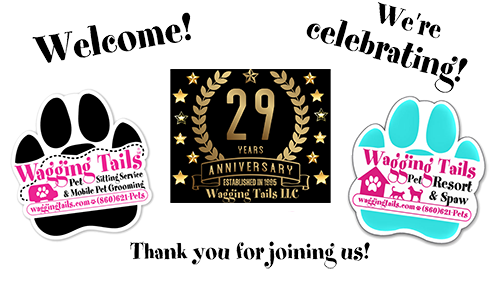Off-leash dog training–sometimes called off-leash obedience training–is the final stage of obedience training that enables the dog to roam and explore without necessarily being restricted by the leash, while obeying their trainer’s instruction. It gives more liberty to dogs and more authority to owners.
However, off-leash training is a little time-consuming and tricky, as the dog cannot be commanded to do something without the leash until and unless it has learned all the basics. This article will explain in detail how to train your dog to follow this kind of training to go off-leash.
Choosing A Suitable Location
– Start with an open area surrounded by fencing, like dog parks or a confined backyard, which are suitable first training grounds since dogs have a chance to run free within a contained region. The physical barriers prevent the dogs from running all over the place.

– Use low interference areas – Large expanses of open fields or trails with little interference from people, cars, etc., so the dogs may not be distracted and run off. Such areas should only be introduced when the dog has obtained all the primary education he or she needs.
– Start with short sessions at first – Being new to sessions, the dog cannot be expected to adapt to lengths of one hour because dogs get easily distracted. Make the first session’s lessons exceed no more than 10-15 minutes and gradually increase the duration of lessons.
Basic Commands to Teach
– Recall – the most critical command. The dog must return to the owner or its name or to the ‘come’ command no matter the circumstance and with ease. It is recommended to implement long lead training before transitioning the dog to total off-leash training.
– Sit and Stay – Good for keeping command over the animal. Sometimes, it has to sit and stay still in its current place whenever ordered to do so before being let off. Explain these early and ensure that habits are consistent.
– Heel – The dog is ideally restrained with the leash and follows the owner without pulling; the owner stops, and so does the dog. The dog should learn to walk on a loose leash before off-leash heel.
Training Tips
– Feed High-Value Treats – Food is a powerful tool in encouraging dog training. Take snacks that do not belong to any other activity, and only use them when training your dog.
– Be Patient and Consistent – The dog may not understand you initially and may not respond correctly. Consistency and encouragement over time fosters positive behaviors in the end.
– Practice Obedience Commands with Leash – It is recommended that the leash only be removed after the dog has shown obedience while still on it. This helps to avoid the dog pulling the owner off the leash or leaving the area during the initial times that he or she is allowed off the leash.
– As a First Lead – This enables dogs to be curious. At the same time, it also provides owners with an opportunity to guide their pets and correct them if the need arises. Gradually increase freedom.
– Train One Dog at A Time – If training multiple dogs, it is recommended that you take time to train the dogs individually, or the dogs may exhibit the wild behavior that comes with being in a pack when the rest of the pack is not on a leash.
Common Mistakes
– Running Loosely in an Uncontrolled Territory – As much as it is fun to let your dog go off lead in areas with many things to chase, the dog can quickly go overboard and become almost impossible to restrain. Start from small, enclosed places to gradually expose the dog to larger environments.

– Unclear Signals – Different owners and members of the same family should use the exact words and signs or gestures when training the dog. It is essential not to use commands in words or through gestures in an interchange, as that confuses dogs.
– Punishing Unwanted Behavior – Never use physical force when correcting your dogs if they do not obey commands while off leash or if they do not return after being called. This will make them always link negativity with their owner and avoid him or her at all costs. Use positive reinforcement.
Off-Leash Safety Tips
– Identification & Vaccination – A dog that exercises with the possibility of going off leash may suddenly run away or get lost. Current identification tags, microchips, and immunizations will protect them.
– No Off-Leash Pets – Dogs running loose may attempt to pursue birds, deer, or any other wild animals, and often, the animals may decide to fight back.
– Always Have Another Leash with You – This way, you can put the folded leash in your pocket and, in case of necessity, you can restrain the dog from different dangers or certain hostile dogs or people.
Conclusion
Off-leash dog training is a time-consuming exercise with colossal commitment and rigor before owners can allow their dogs to be off-leash. It is rewarding, however, for owners and their dogs since it helps to foster good rapport between them. In short, it offers dogs a lot more opportunities to go outside and roam around while being protected from potential dangers. As you train your dog gradually, remember to follow the above tips.
